Capturing reflections on one’s artwork has always fascinated me. Whether the reflections are on a pond, on a river, or even in a puddle, the truth is water reflections inadvertently draw viewers to one’s artwork. Angles and lengths of reflections are trouble spots for some artists. Because the laws of physics govern reflections, one just needs to learn and to paint by these laws, or rules, and the reflections will be perfect.
I will only include a few of the rules in this article.
First, reflecting surfaces may be broken down into two categories: perfect (example: mirrors) and imperfect (those which have a local color of their own, example: lakes). Only examples of imperfect reflections will be shown here.
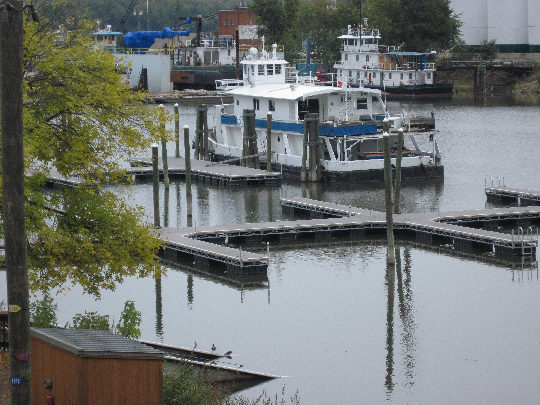
If an object stands upright its reflection will continue straight down,
its reflection becomes shorter than the object itself.
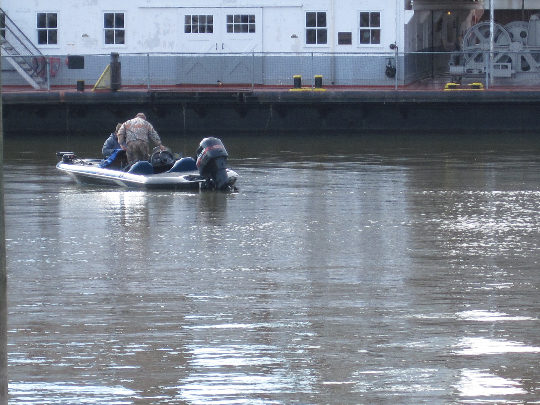
Also, see the reflection of the motor, which is extending straight down.
by the deepest value of the water’s local color.
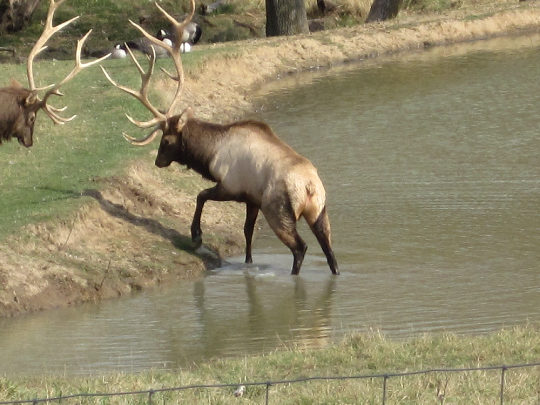
It is reflecting exactly the same value as the deepest value
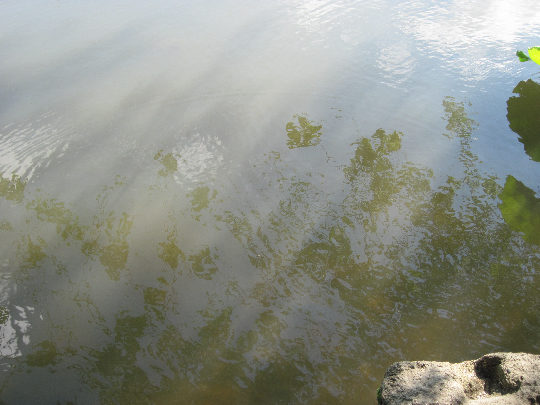
The ripples’ near sides reflect the plants, but their far sides reflect only the sky.
your paintings will reflect it. Sorry, I just had to say that.
Even reflections in puddles are incredible. In closing,
the award-winning photo of a reflection of a tree in a puddle,
taken by my husband and photographer William Huebener.
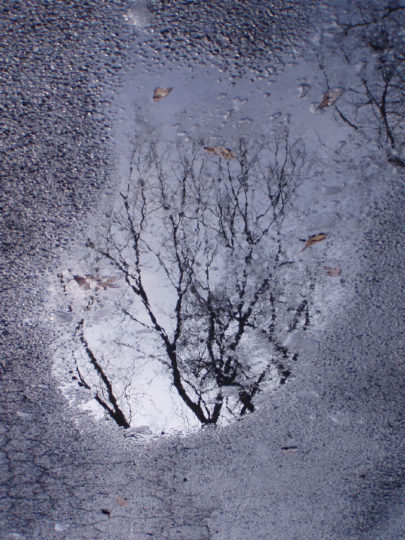
Enjoy reflections.